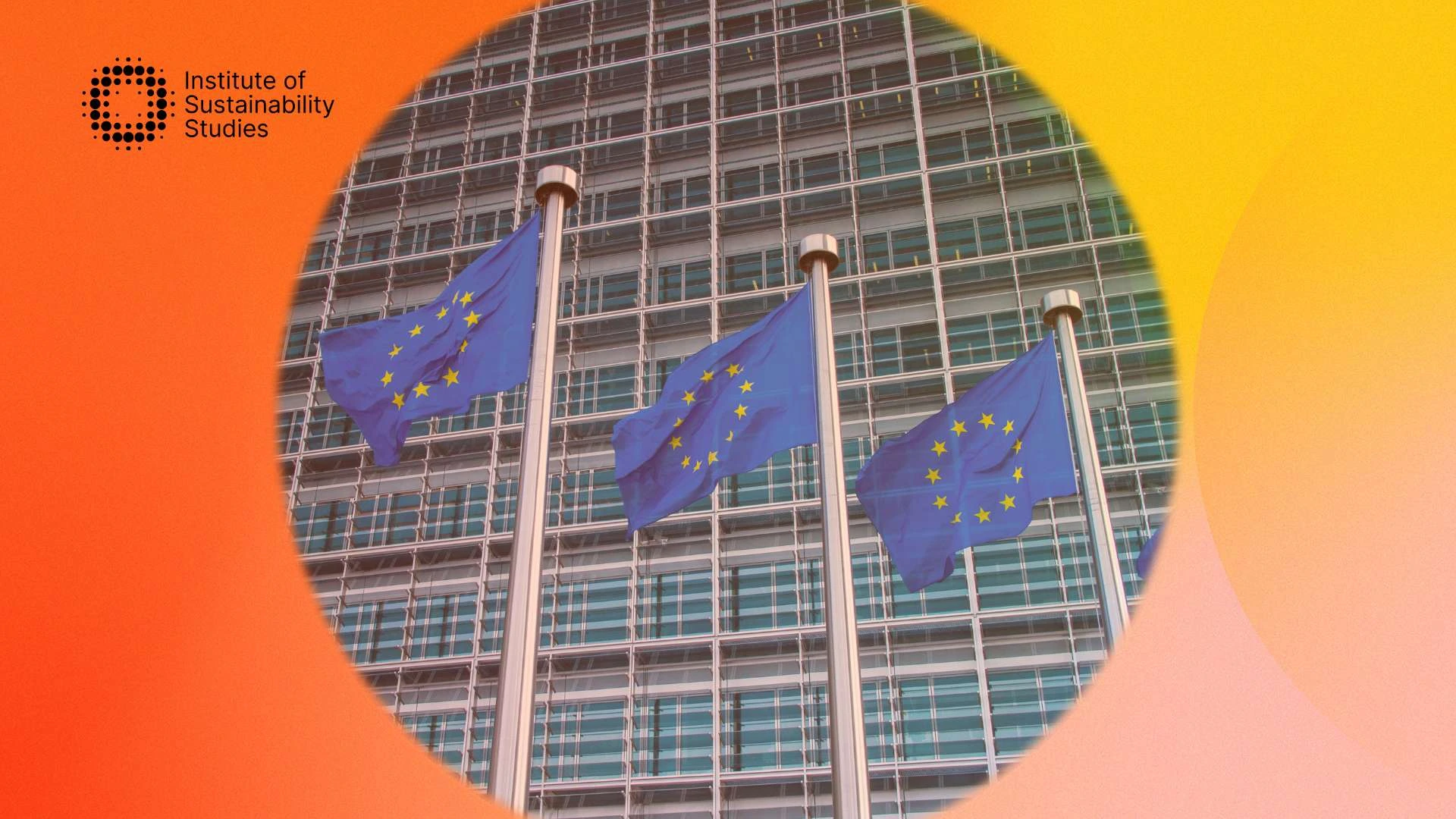Behind every product lies a complex web of decisions, where materials come from, how they’re processed, and who is involved along the way. But for many companies, this journey remains a black box. As stakeholder expectations rise and regulations tighten, supply chain transparency is becoming a cornerstone of corporate sustainability. It’s about building resilience, driving down costs, and making informed, ethical decisions that support long-term value. So, how can companies move from blind spots to clarity, and what’s the true value of seeing your supply chain clearly?
What is supply chain transparency?
Supply chain transparency is the practice of tracking, disclosing, and sharing detailed information about the processes, sources, and parties involved in producing and delivering goods and services. It includes visibility into how materials are sourced, how suppliers operate, and the social and environmental impacts across the entire supply chain.
Below are the key components of supply chain transparency:
- Traceability: Knowing where raw materials come from and how they are processed.
- Disclosure: Publicly sharing data about suppliers, sourcing practices, and risks.
- Monitoring: Assessing suppliers’ compliance with environmental, social, and governance (ESG) standards.
- Accountability: Taking action when issues like human rights violations or environmental harm are identified.
Cut costs and boost efficiency with sustainability
training that builds resilient supply chains
The impact of transparency on cost savings
Supply chain transparency is becoming a critical lever for operational efficiency and cost reduction.
Enhancing operational efficiency
Supply chain transparency allows organisations to identify inefficiencies and streamline processes across procurement, production, and distribution. According to Procurement Tactics, companies that digitise and enhance transparency in their supply chains can reduce operating costs by up to 20 percent and see an 11 percent increase in EBIT. By making each stage of the supply chain visible and measurable, businesses can eliminate redundancies, avoid delays, and improve coordination among partners.
Reducing inventory and storage costs
Transparent supply chains enable better demand forecasting and inventory planning, leading to lower holding costs. As per Jusda Global, organisations with high levels of supply chain visibility experience 30 percent lower inventory carrying costs and a 20 percent improvement in perfect order fulfilment rates. This helps prevent overstocking and understocking, which are both costly to manage.
Minimising operational risks
Visibility into supplier practices and logistics can reduce disruptions caused by delays, non-compliance, or unethical practices. John Deere, for example, achieved a 10 percent reduction in operational costs over four years by improving transparency and supply chain efficiency. Early identification of risks enables faster mitigation and ensures continuity in operations.
Driving profitability through better decision-making
Businesses can make more informed, strategic decisions when they have access to real-time data across the supply chain. This supports proactive problem-solving and enhances supplier collaboration.
How businesses can improve supply chain transparency
Improving supply chain transparency requires a combination of technology, process improvements, and stakeholder collaboration. Below are key strategies businesses can implement:
1. Map the entire supply chain
Begin by identifying all direct and indirect suppliers, from raw materials to end-of-life stages. Mapping helps uncover hidden risks and builds a baseline for transparency.
Tip: Prioritise high-impact tiers first, such as suppliers critical to business continuity or ESG performance.
2. Invest in digital tools and platforms
Use technologies like supply chain management software, blockchain, and IoT to track materials, monitor supplier performance, and share data in real time.
Example: Blockchain ensures traceability in sectors like food, textiles, and minerals by providing immutable records of transactions.
3. Set clear transparency standards
Establish supplier codes of conduct and sustainability criteria aligned with global frameworks (e.g. ISO 20400, GRI, UNGC). Make expectations around labour, environment, and governance explicit.
Action: Include transparency clauses in contracts and require periodic reporting or third-party audits.
4. Engage suppliers through collaboration
Rather than taking a compliance-only approach, support suppliers with training, shared tools, and capacity-building initiatives to help them meet transparency standards.
Insight: Long-term supplier relationships built on trust often yield better data quality and more sustainable practices.
5. Use third-party certifications and data providers
Certifications like FSC, Fairtrade, or SA8000 provide verifiable assurance of supplier practices. ESG rating providers can help assess suppliers’ risks and disclosures.
6. Leverage real-time data and analytics
Deploy dashboards to track KPIs such as supplier compliance, carbon footprint, and delivery performance. These tools enable timely interventions and data-driven decision-making.
7. Report transparently to stakeholders
Share your supply chain efforts in sustainability reports, websites, and investor disclosures. Transparent reporting fosters accountability and builds stakeholder trust.
Trend: With evolving regulations like the Corporate Sustainability Reporting Directive (CSRD) and SEC climate disclosure rules, proactive reporting will soon be a compliance requirement.
Conclusion
From cost savings and risk mitigation to improved stakeholder trust and regulatory alignment, the benefits of supply chain transparency are far-reaching. But achieving meaningful visibility requires more than just technology; it demands capability, commitment, and a culture of continuous improvement.
For organisations serious about advancing their corporate sustainability efforts, the first step is knowledge. Our expert-led corporate compliance training equips teams with the skills to embed transparency into procurement, reporting, and day-to-day decisions. Explore our product suite to start building a more accountable, efficient, and future-ready supply chain.
Earn stakeholder confidence with trusted, organisation-wide sustainability training that delivers real impact
Dedicated to harnessing the power of storytelling to raise awareness, demystify, and drive behavioural change, Bronagh works as the Communications & Content Manager at the Institute of Sustainability Studies. Alongside her work with ISS, Bronagh contributes articles to several news media publications on sustainability and mental health.
- Bronagh Loughlinhttps://instituteofsustainabilitystudies.com/insights/author/bronagh/
- Bronagh Loughlinhttps://instituteofsustainabilitystudies.com/insights/author/bronagh/
- Bronagh Loughlinhttps://instituteofsustainabilitystudies.com/insights/author/bronagh/
- Bronagh Loughlinhttps://instituteofsustainabilitystudies.com/insights/author/bronagh/










